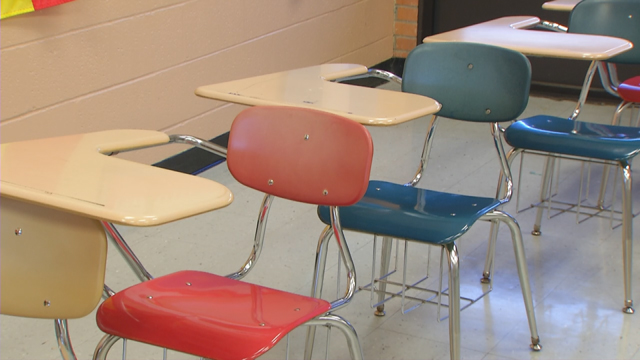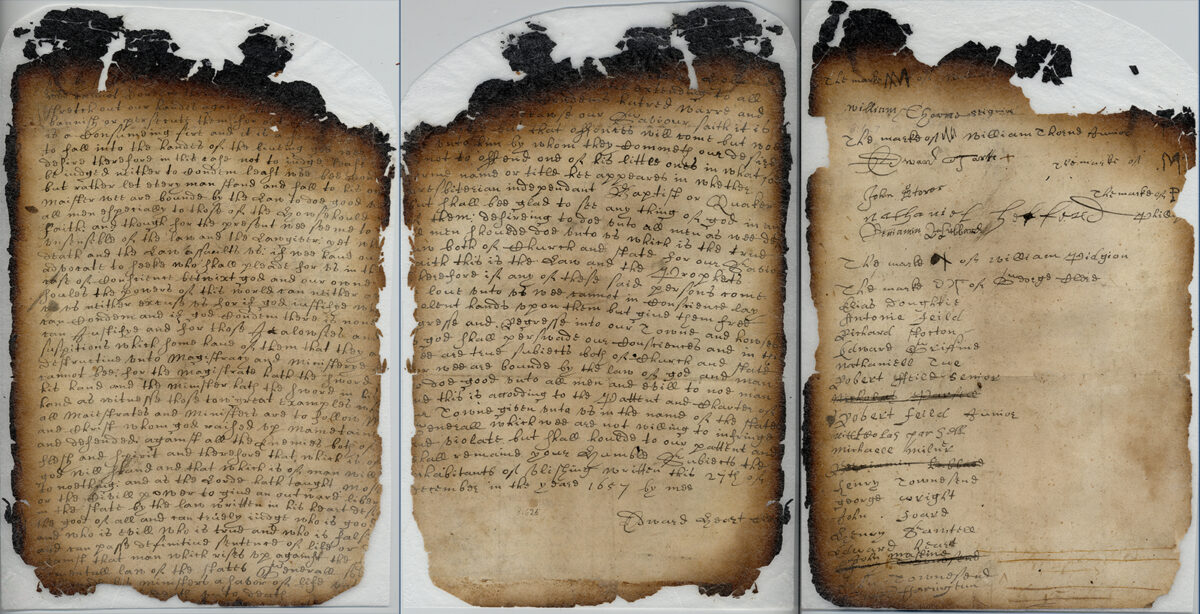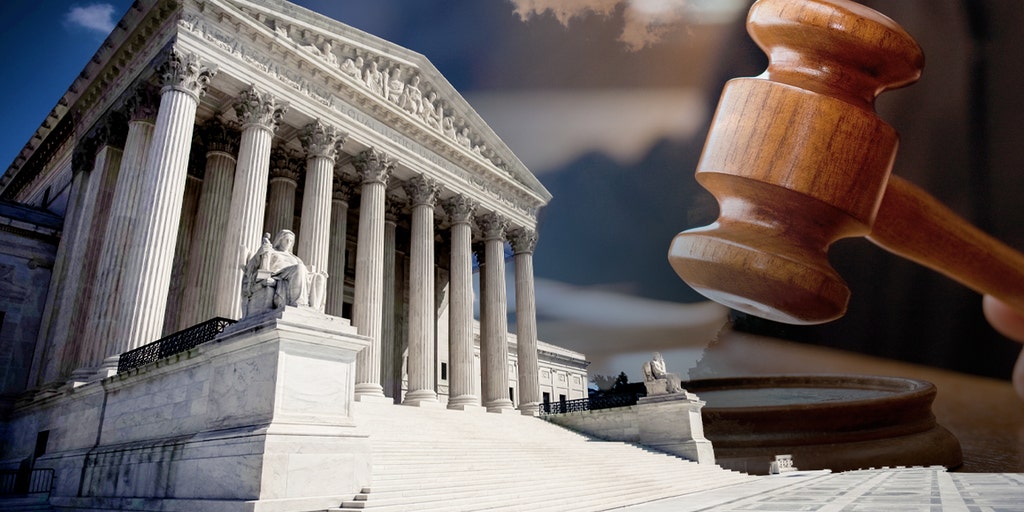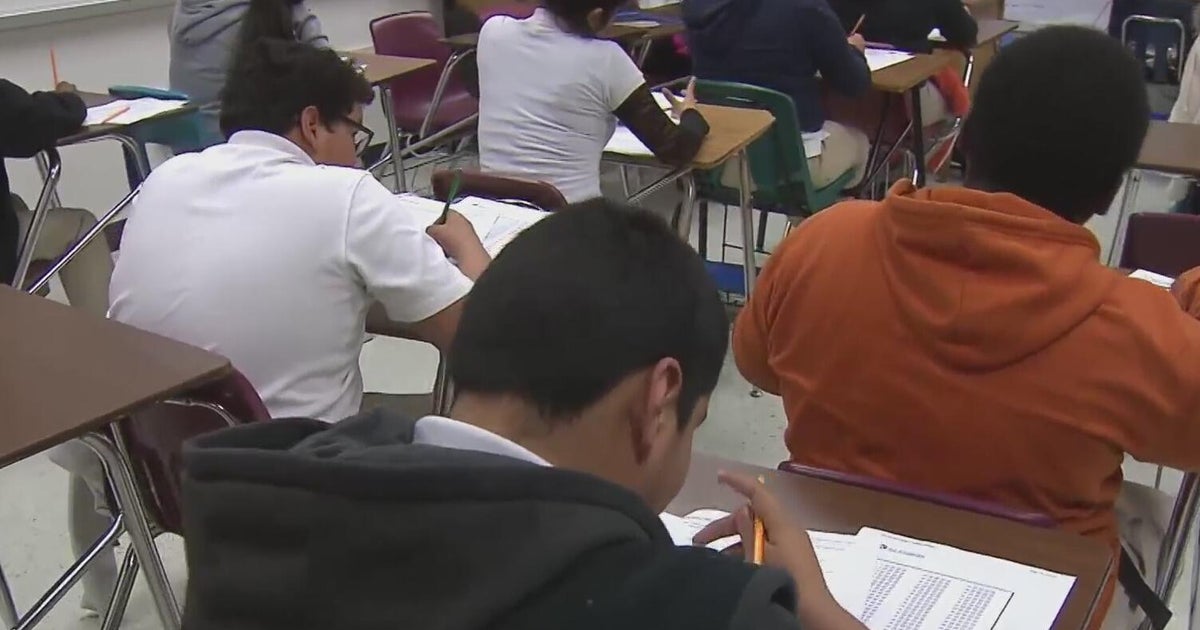Bible, Textbooks, and Controversy: Texas Edges Closer to Classroom Faith Mandate
Religion
2025-03-19 03:13:00Content

In a controversial move, state lawmakers have advanced two significant bills that could dramatically reshape religious expression in public schools. Senate Bill 11 (SB11) would grant students dedicated time for prayer and religious text reading during the school day, while Senate Bill 10 (SB10) proposes mandatory displays of the Ten Commandments in every classroom.
The legislative actions have sparked intense debate about the separation of church and state, with supporters arguing for students' religious freedom and critics expressing concerns about potential constitutional challenges. Senators gave preliminary approval to both measures, signaling a potential shift in how religious practices are integrated into public education.
These proposed laws could fundamentally alter the educational landscape, providing students with structured opportunities for spiritual reflection while also making religious symbols a standard part of classroom environments. As the bills progress through the legislative process, education advocates and religious groups are closely monitoring their potential implications.
Religious Expression in Classrooms: A Controversial Legislative Breakthrough
In an unprecedented move that has sparked intense national debate, state legislators have recently proposed groundbreaking educational policies that challenge the traditional boundaries between religious practice and public school environments. These proposed bills represent a significant potential shift in how religious expression might be integrated into daily educational experiences across the state.Transforming Educational Landscapes Through Controversial Legislative Measures
The Prayer and Religious Text Exploration Act
The proposed Senate Bill 11 represents a nuanced approach to religious freedom within educational institutions. By potentially mandating dedicated periods for prayer and religious text exploration, lawmakers are attempting to create spaces where students can engage with spiritual practices during school hours. This legislative initiative challenges long-standing interpretations of separation between church and state, suggesting a more inclusive approach to religious expression in public educational settings. Proponents argue that such provisions would allow students from diverse religious backgrounds to practice their faith openly, fostering an environment of mutual respect and understanding. Educational experts are closely examining the potential psychological and social implications of such a policy, considering how it might impact student interactions, cultural dynamics, and overall learning environments.Constitutional Foundations and Legal Implications
The proposed legislation raises complex constitutional questions about religious freedom, educational neutrality, and First Amendment protections. Legal scholars are meticulously analyzing the potential ramifications of mandating religious text exploration and prayer periods within public school systems. Constitutional experts suggest that while the bill aims to protect religious expression, it simultaneously risks creating potential conflicts between different religious perspectives and secular educational principles. The delicate balance between respecting individual spiritual practices and maintaining a neutral educational environment becomes increasingly challenging with such legislative proposals.Classroom Display of Religious Symbolism
Senate Bill 10 introduces another controversial dimension by proposing mandatory displays of the Ten Commandments in every classroom. This provision represents a significant departure from previous educational guidelines that emphasized secular educational spaces. Supporters of the bill argue that the Ten Commandments represent fundamental moral principles that transcend specific religious interpretations. They contend that displaying these principles could potentially provide students with a foundational ethical framework. However, critics argue that such mandatory displays could be perceived as governmental endorsement of specific religious beliefs, potentially marginalizing students from diverse religious or non-religious backgrounds.Societal and Educational Impact Assessment
The proposed legislative measures extend far beyond mere policy modifications. They represent a profound exploration of how religious expression might be reimagined within public educational contexts. Educators, parents, and community leaders are engaging in robust discussions about the potential long-term societal implications of these proposed changes. Psychological research suggests that exposure to diverse religious perspectives could potentially enhance students' cultural understanding and empathy. However, implementing such policies requires nuanced, thoughtful approaches that respect individual beliefs while maintaining inclusive educational environments.Community and Stakeholder Perspectives
Diverse stakeholders are presenting multifaceted perspectives on these legislative proposals. Religious leaders, civil liberties organizations, educational administrators, and community representatives are contributing complex, often conflicting viewpoints to the ongoing dialogue. The proposed bills highlight the intricate challenges of balancing religious freedom, educational neutrality, and inclusive community values. As discussions continue, legislators must carefully navigate the delicate intersection of personal belief, constitutional principles, and educational best practices.RELATED NEWS
Religion
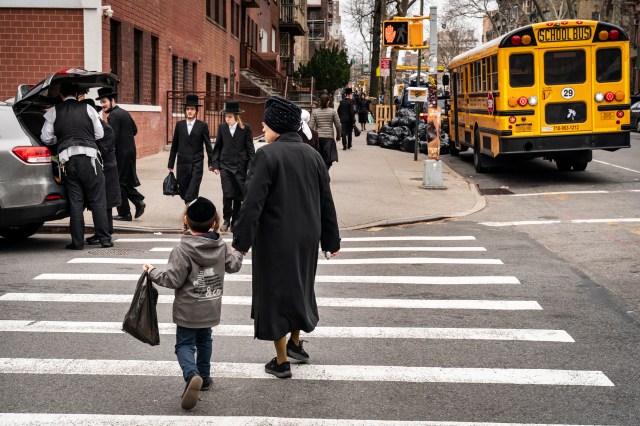
State Showdown: Inside the Battle Over Ultra-Orthodox Yeshiva Education Standards
2025-05-04 08:05:29
Religion

Unraveling Heath Baldwin: The Untold Story of Identity, Faith, and Heritage
2025-03-20 07:53:28
Religion
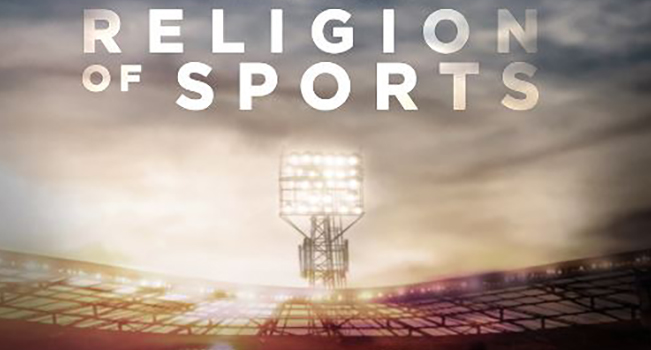
Beyond the Scoreboard: How Sports Transcends Competition and Becomes a Spiritual Experience
2025-04-23 19:08:42
